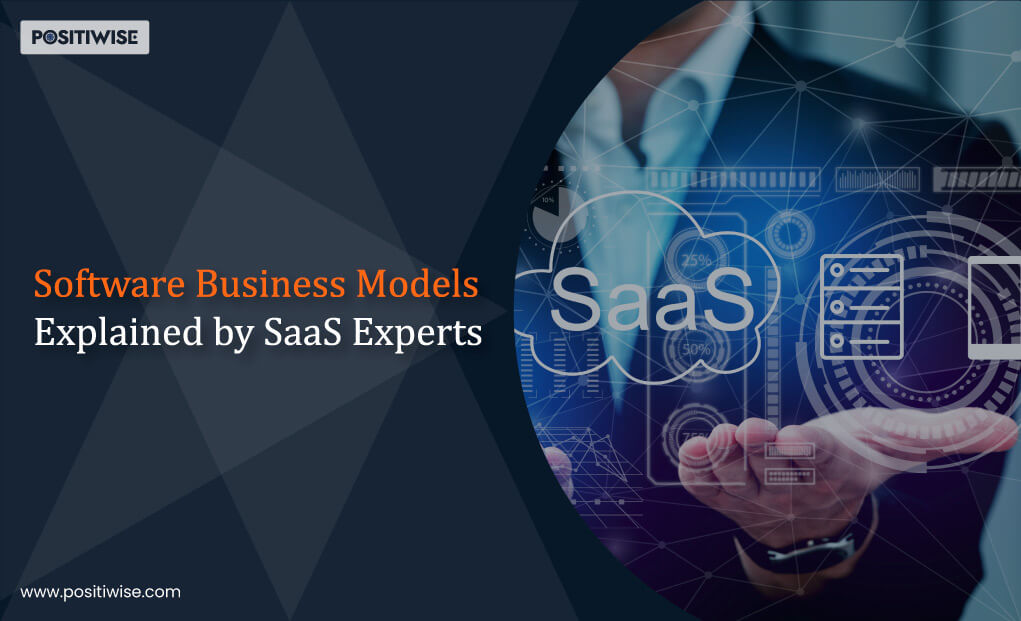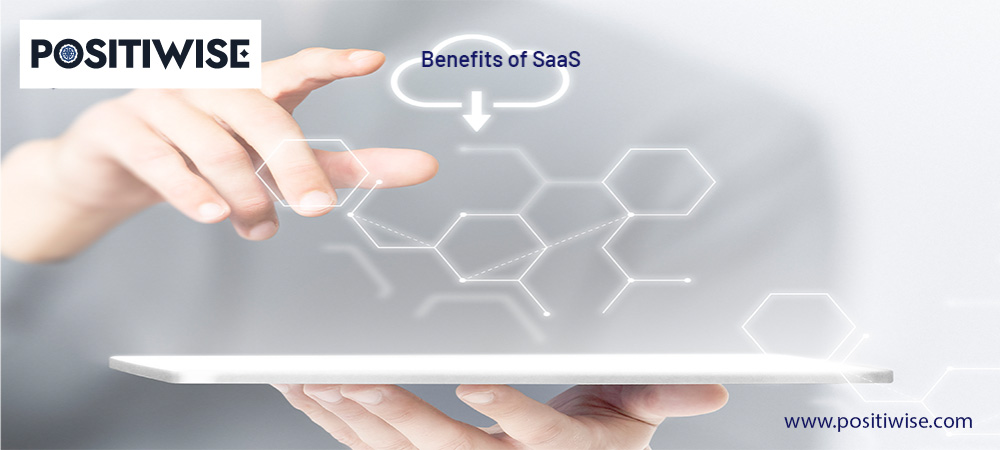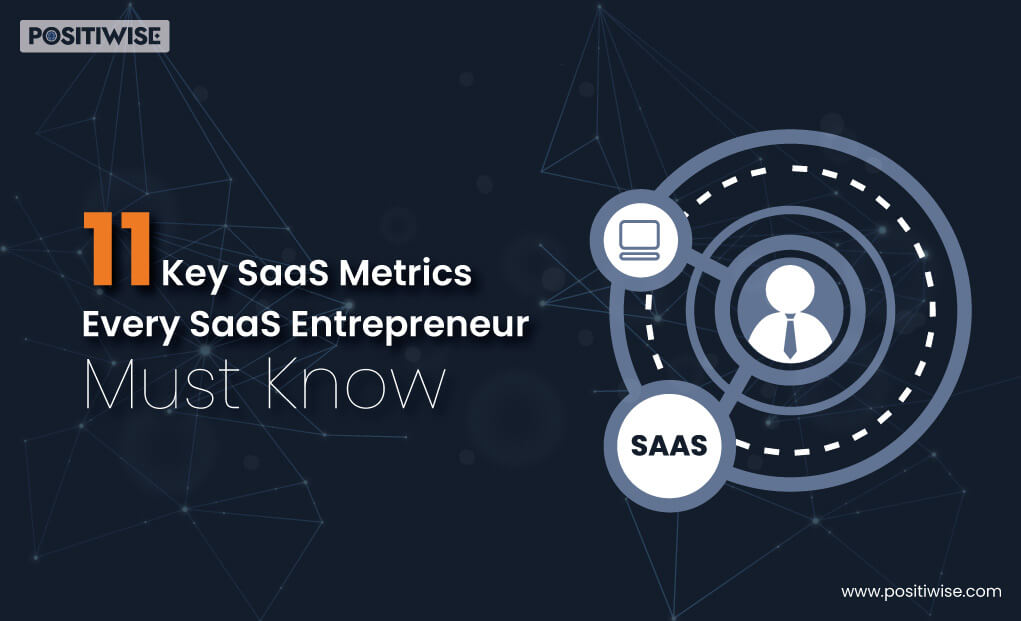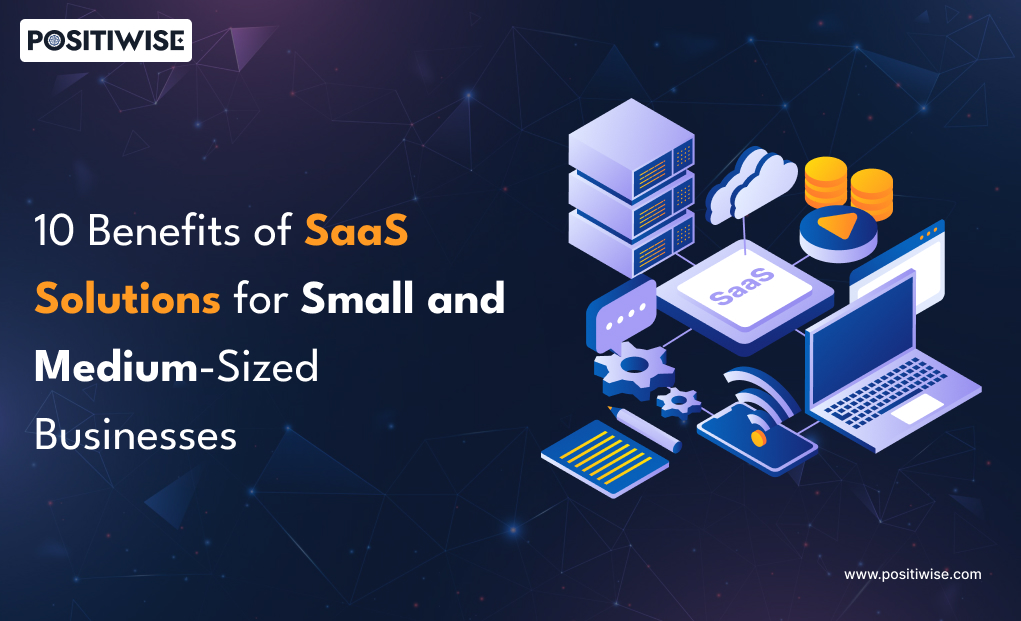Quick Overview:
Creating a SaaS-based business in this fast-tech era isn’t enough. You need to have a proper blueprint of your SaaS project, and this blueprint, thereby, is referred to as a ‘software business model.’ What exactly is it? Read the blog to know and understand every aspect of software business models. Enjoy!
The software industry is always under the spotlight due to its consistently evolving nature, benefitting multiple industrial sectors. And the rapid advancement of software business models has made it more credible. Software-as-a-Service (SaaS) industry is experiencing exponential growth since 2005. In this fast-tech scenario, people are trusting and investing a good amount of time, money, and resources into SaaS startups. Wondering why? Because startups have a good chance of success, it helps accomplish market and client expectations, which provides them with a competitive edge.
What exactly is the software business model?
The software business model allows end users or subscribers to utilize the SaaS solution with a monthly or yearly subscription instead of a single-time payment. Thereby, the pricing model helps businesses and startups in the SaaS industry to obtain monthly consistent revenue. How? All thanks to cloud computing. It helps them focus on cutting-edge features, functionalities, new products, optimum service, and other advantages, proving it’s worth to both existing end users and new clients.
Things don’t stop here! Business model software is more than just monthly/yearly fees and cloud-based services. Whether you own a software solution or are just thinking of building one, it’s important to realize that selling subscriptions in this fast-tech industry isn’t enough (and we’ll discuss it in the later part of the blog). You need more zing!
However, heading out of different business models for software can sometimes get overwhelming. Organizations need to consider multiple factors before opting for the ideal software business model that completes their jigsaw puzzle (and fits the best). Curious, already? Allow me to help you.
This article is a short and sweet guide to the software business model, explaining to you its ABCs.
What Is a Software Business Model?
So, a software business model is a template or prototype of how a SaaS company will function, generate good profits, and have the upper hand over the market. The cornerstone of any software business model is that you need to host the software on the cloud, which can also be operated via web browsers and charge fees from users to access it.
However, hosting a SaaS business digitally also comes with several challenges. This is the reason SaaS businesses are complicated and need significant expert know-how of certain technologies, design skills, good programming knowledge, and staying up to date with the latest market trends. In such instances, business model software comes to the rescue. They help you solve every business complication and stay afloat in the cutthroat market landscape. A hero, isn’t it?
Types of Software Business Model
There are different types of software business models available in the market. You can broadly classify them into the following:
- Software Revenue Model
- Software Pricing Model
- Software Distribution Model
Software Revenue Model
The SaaS or software revenue model assists you in understanding the profit generation from your SaaS business. It also determines how to monetize your service or product and at what cost. Moreover, it provides you the information on your target audience, who they are, and how to market your services to the audience. Hence, the following are the types of software revenue models:
- Ad-based revenue model
- Affiliate revenue model
- Channel sales
- Direct sales
- Freemium model
- Subscription model
Software Pricing Model
In the SaaS or software pricing model, you need to decide the cost of your service or product. It is a crucial step because deciding on the cost of a software product should be a well-informed decision. Also, you can decide on the prices by doing some homework on your competitor’s service cost; believe me, this will give you a competitive advantage. Following are some of the most successful software pricing models that are the best:
- Flat rate
- Per-user pricing
- Tiered pricing
- Pay-as-you-go basis
Software Distribution Model
The SaaS or software distribution model is all about the distribution of your services to customers, and you need to consider who sells the services or products to the customer and what methodology they follow. The following are two types of SaaS distribution models:
- Direct distribution
- Indirect distribution
So, here’s the deal – the software distribution models majorly depend on your business requirements, your budget, and your objectives.
Best Examples of Software Business Model
Mentioned below are some of the top-notch examples of software business models:
- Mailchimp
- Trello
- Slack
- CakerHQ
- Zoom
- Netflix
- ClickUp
- And many more
In the next sections, we’ll go through some of the best advantages and major disadvantages of software business models. Nothing is perfect in the world, so with advantages come some limitations, too. And it’s only fair play to know both.
Advantages of Software Business Model
Following are the significant benefits of SaaS or software business models bring to the table:
- The SaaS business model allows the utilization of different marketing techniques that are efficient and even affordable, including social media promotions and affiliate marketing.
- SaaS platforms are scalable and help manage high-volume data transactions and better swells of different tasks, including payroll processing and month-end closures.
- The software business model also helps minimize client fiction because what your clients pay for is what they receive. Hence, software business models come with higher transparency.
As business model software is hosted on the cloud, updates and modifications need to be done from the service provider’s end from time to time. So, end-users need not stress enough!
Disadvantages of Software Business Model
Although you can experience a plethora of outstanding software business model advantages, it comes with some limitations, too. Following are the few disadvantages of business models for software:
- Competitors can easily copy your successful software business model, thus dropping your USP. In addition, if your client is not satisfied with your service or product, they can opt and shift to your competitor within the blink of an eye.
- Business and marketing analysis for your software business model is a bit challenging because the sourced data is taken from multiple locations.
That’s all for the advantages and disadvantages of the software business model.
Software Business Model Metrics
Witnessing triumph in your software business models refers to tracking crucial SaaS metrics, including:
- Customer Churn Rate – This talks about how many clients are bouncing off or abandoning your service or product on a weekly, monthly, and yearly basis.
- Cash Flow – These are the significant areas in the value chain of your business model software. Further, you can employ value-added solutions and upsells.
- Monthly Subscription Numbers – So, what about these numbers? You need to see that the numbers are increasing, static, or declining.
- Customer Lifetime Value – This refers to your sales team capturing new clients or users on board, as it’s an important part of the work.
- Customer Acquisition Cost – This tells you how end-users can contribute to your revenue generation or whether your product or service contributes much for free.
Summing Up!
So, in this blog, we discussed every important aspect of the software business model, with its types, pros and cons, examples, and business model software metrics. The rising popularity of this advanced SaaS solution can both be a boon and a bane. And believe me, when I say this, there is always neck-to-neck competition going on in the market. However, the majority of businesses have already opted for and experienced the advantages of the software business model. So, if you’re still not using business models for software, my friend, it’s time to buckle up.
The software business models enable you to generate substantial revenue, fulfilling the expectations of customers. Moreover, there are different software business models available; you can opt for the perfect model for your business. So, choose wisely!
Expert in Marketing Strategy and Brand Recognition
Jemin Desai is Chief Marketing Officer at Positiwise Software Pvt Ltd, he is responsible for creating and accelerating the company’s marketing strategy and brand recognition across the globe. He has more than 20 years of experience in senior marketing roles at the Inc. 5000 Fastest-Growing Private Companies.






